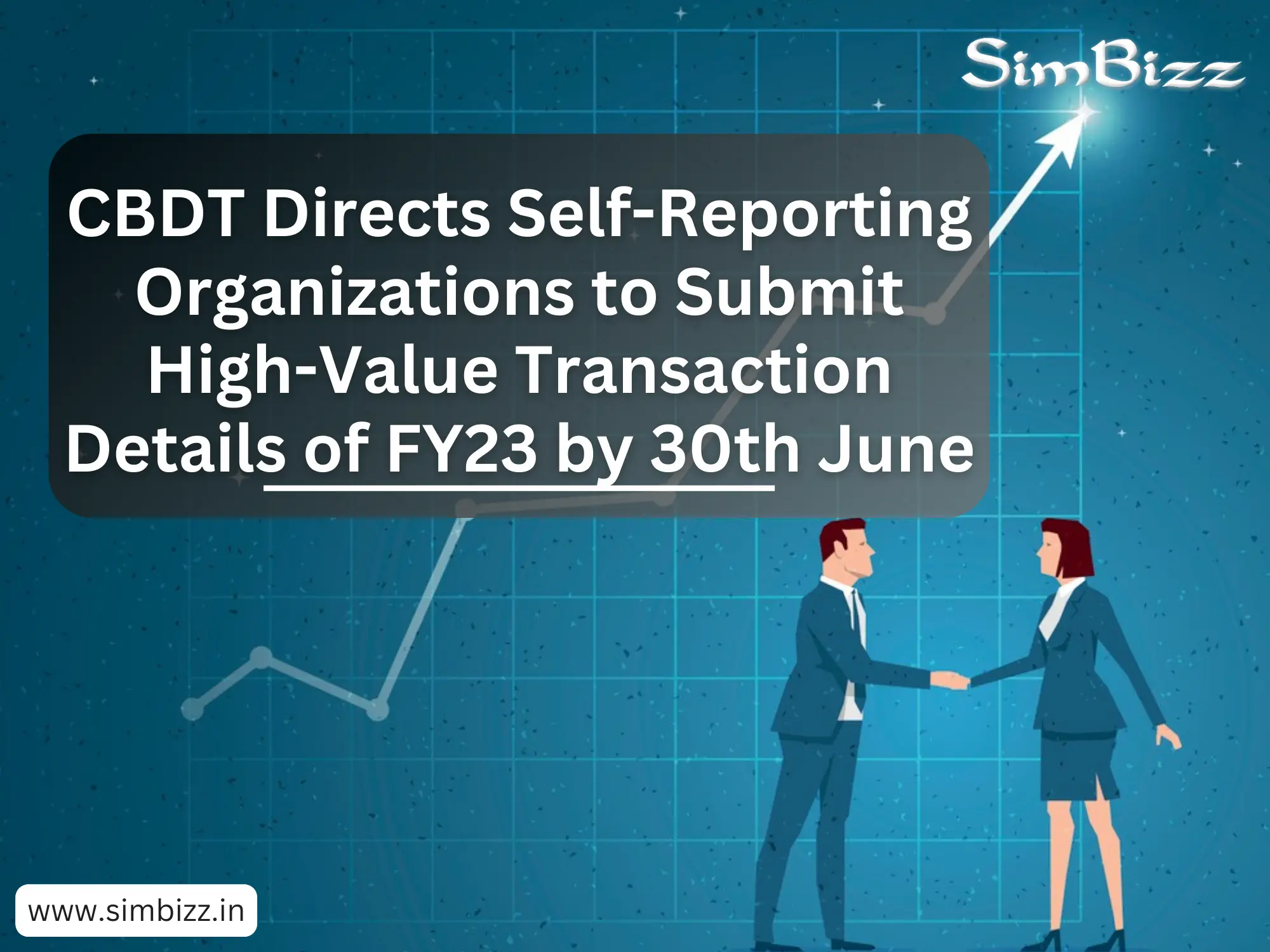In a recent development, the Central Board of Direct Taxes (CBDT) has issued a directive to Self-Reporting Organizations (SROs) urging them to furnish comprehensive details of high-value transactions conducted during the fiscal year 2022-23. The deadline for submission has been set for June 30.
The SROs encompass a spectrum of entities ranging from banks, post offices, cooperatives, fintech firms, to mutual fund houses. Transactions surpassing the threshold of Rs 50 lakh, share transactions exceeding Rs 10 lakh, and post office transactions amounting to Rs 5 lakh or more are subject to reporting requirements.
However, a recent report has shed light on a concerning issue. It has been revealed that approximately 6,000 reporting entities have either failed to submit the requisite information, provided incomplete data, or furnished it in an incorrect format.
Responding to this, the tax authority has instructed its field formations to ensure strict compliance from every reporting entity. A senior official emphasized the imperative for each field formation to guarantee adherence to the law, stressing the necessity for all details pertaining to the fiscal year 2022-23 to be filed by June 30.
Acknowledging the existing discrepancy, the official admitted the presence of around 6,000 non-compliant or defect-filing entities, urging them to rectify the situation promptly.
In accordance with income tax regulations, all reporting authorities are mandated to disclose information regarding high-value transactions via Form 61A, known as the Statement of Financial Transaction, to the Director of Income Tax (Intelligence and Criminal Investigation).
The report also highlighted occasional lapses in timely filing by certain regional banks, post offices, and regional registries, underlining the importance of consistent and punctual compliance with reporting obligations.
The CBDT’s directive underscores the significance of transparent financial reporting, aiming to bolster the effectiveness of regulatory oversight and ensure accountability across the financial landscape.


